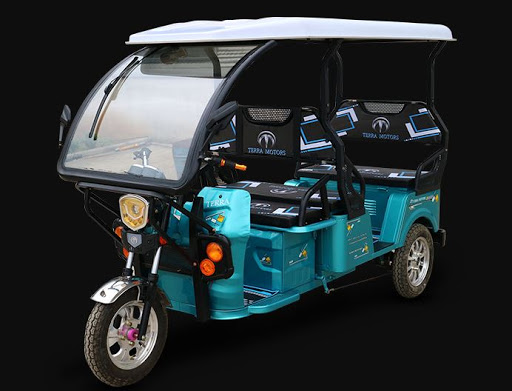We are experiencing times that are more accepting in the way we choose to live our lives and yet are conscious of how we leave behind things for the coming generations. Alternate fuel, finding new sources of energy, and finding green forms of energy has brought in an impetus globally. With Governments of many countries gearing towards a greener, cleaner future, is India EV ready?
Experimenting with a series of flip-flop policies and a non-existent charging infrastructure are the biggest challenge in achieving the target. But not shying away from supporting new entrants as it is highly focused towards reducing the carbon emission from fuel operated transport. With the policies to reduce emissions via conventional vehicles, electric mobility, coupled with affordable technology and support infrastructure, is a possible alternative to tackle the challenges.
Currently, the EV industry in India is somewhere close to 1% of the entire automotive sales. GOI (Govt. of India) is aiming 30% EV penetration in the transport sector by 2030, via Faster Adoption and Manufacturing of Hybrid & Electric Vehicles Policy (FAME Policy). It is primarily focused on technology development, demand creation, charging infrastructure, and scaling up of the production of EVs. But wanting and doing are two different things.
Let’s look at some of the basic challenges faced by the consumers associated with EV adoption in India:
• Charging Infrastructure: In 2018, India was reported to have 650 charging stations, which is quite less than our neighboring counterparts who already had over 5million charging stations. There still are problems like the lack of charging points and private parking space to charge.
• Long Distance Issue: Consumers worry that due to lack of charging stations, the range won’t be sufficient, unlike the conventional vehicles which can be refueled at fuel stations all across the country.
• Purchase Cost: The cost of a basic electric car is much higher than the average price of an economical car running on conventional fuel.
• Tricky Conditions of the FAME Policy: A very particular requirement in the FAME Policy phase-II that mandates at least 50% of the components of a vehicle to be locally sourced for subsidies. Due to the unavailability of the same, it becomes for manufacturers to bring down the cost, hurting the feasibility of faster adoption.
It is highly imperative that we have a consolidated policy by the Government to tackle the basic infrastructure pertaining to the EV market to ramp up the sale and purchase of the same.
What Can Be Done for Faster Adoption of EV?
Well if there are supporting and governing policies that focus on charging infrastructure, and skill development in EV market, it will be easier for people to switch to EV. Looking at the current schema, the following initiatives might help in mitigating the problems associated with the adoption of EVs in India.
1) Pertaining to charging infrastructure in public and private places effective steps have been taken by the Government of Delhi and Telangana, respectively, to promote the adoption of EVs in their respective states. The respective state govts have exercised high subsidy, various exemptions to encourage the society towards this development.
2) A push to research and development centers in EV space for encouraging venture capitalists.
3) Uniform policies across the nation like subsidies, minimum interest on loans, free parking for EV vehicles, paid parking with charging stations, road tax, and registration charges can be altered or structured to give maximum support to consumers to adopt EV quickly.
Concluding the same:
People need to be educated and sensitized about the gravity of climate change and global warming and how not only government policies but civil society has to opt for electric mobility. India will need strict and relevant energy solutions to become a 5-trillion dollar economy by 2025. E- Mobility will be gaining traction, but without a balanced mix of policies, infrastructure, and market penetration, we may still be lamenting even in 2031!
This article is authored by Akihiro Ueda, CEO and President of Terra Motors India. All views are personal.





































